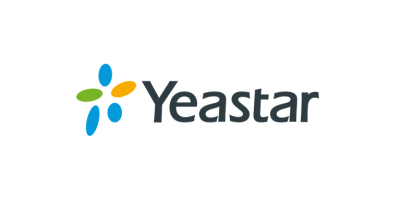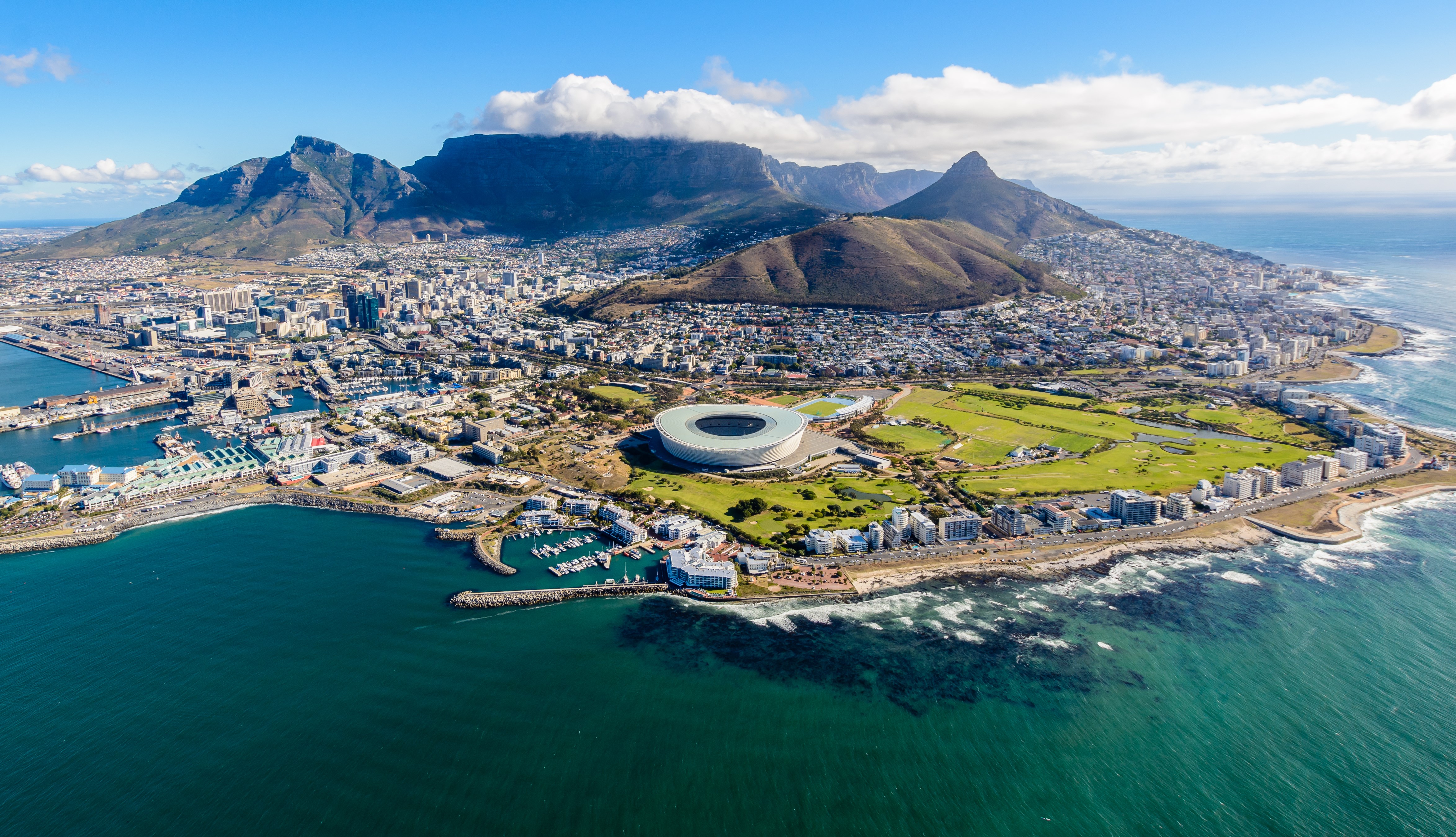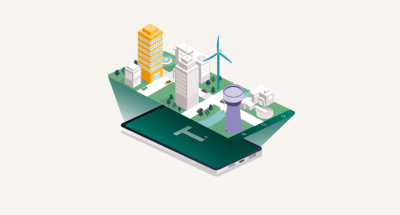
Water transition: monitoring software an essential tool
Water management is one of the most significant environmental issues today. According to the United Nations, water scarcity - whether occasional or total - affects more than 40% of the world's population, and this figure is expected to increase in the coming years. In this context, how can cities organize themselves by addressing a water transition?
The management of water resources is one of the fundamental challenges for the city of tomorrow. The predictions are unanimous: water stress will increase in the years to come. Although water withdrawals in France have begun an encouraging decline since the mid-2000s, we must not forget that climate change will have a lasting impact on this essential resource.
Water transition in cities: a necessity
With very dry summers and heavy rainfall that is difficult to control, cities are increasingly confronted with these events. The Explore 2070 study predicts a global decrease in precipitation of between 16 and 23% by 2046-2065. At the same time, global water demand is increasing by about 1% per year and will continue to grow. A study published in 2018 in the journal Nature predicts that water stress will affect between 33% and 55% of metropolises within 30 years. In Los Angeles (USA), Jaipur (India) and Dar es Salaam (Tanzania), surface water resource deficits are expected to exceed 400 million cubic metres per year. The urgency and the ecological risk are therefore directing cities towards finding new solutions that are both sustainable and efficient: optimizing municipal watering and working with local farmers, improving the recovery and reuse of rainwater, combating wastage, raising awareness of good behaviour among citizens and detecting leaks in distribution networks.
Leak detection, the first lever of the water transition?
In some countries, water leakage represents up to 40% of the water distributed. Water leakage losses are estimated at 958 billion m3 per year worldwide, including just over one billion m3 in France. This represents about 20% of the volumes produced that are lost. The figures are unambiguous: all the water produced in factories is almost never sent to the consumer. One of the reasons for this is leaks and breakages in the distribution networks. The management of water losses in the distribution networks is therefore a priority in the water transition of tomorrow's cities.
What are the solutions for improving the efficiency of drinking water networks and thus reducing losses? New technologies provide an answer, in particular with the implementation of so-called intelligent networks. By instrumenting networks, it is possible, for example, to collect flow rate data at various points strategically located throughout the network. The use of an appropriate tool, such as Topkapi, a software platform published by AREAL, makes it possible to analyze this data automatically and in real time and to produce indicators that can be immediately interpreted to effectively detect any leaks. Thus, thanks to the data from the remote transmitters, it is possible to quickly detect unjustified discrepancies between the volume of water that "enters" and the volume of water that "leaves" the network.

Cape Town first city in water distress

In 2018, the city of Cape Town in South Africa had to declare a state of climate emergency due to an exceptional drought. After five months of reducing water consumption, the city was able to lift this state of emergency a few weeks before the fateful day when the taps would have had to be turned off for good for its 500 000 inhabitants. Although the countdown has finally been extended, the situation remains worrying and measures have been taken. They mainly concern the use of water, between education and restriction. To raise the level of the dams, farmers in the area have mobilised by favouring night watering, for example.




